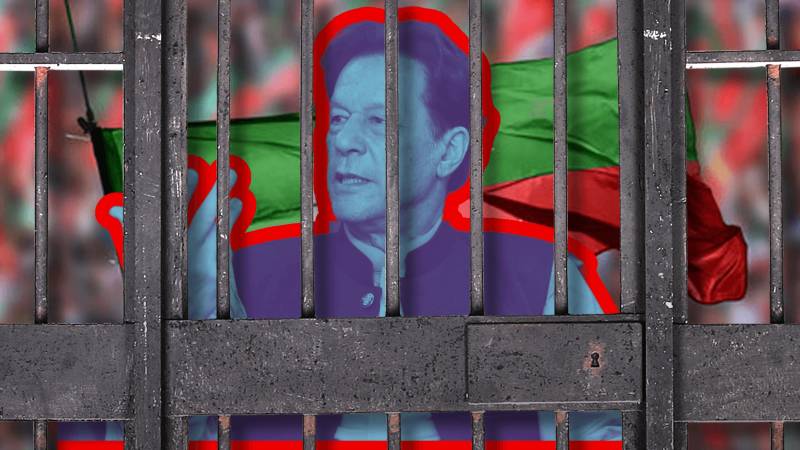Mubashar Nadeem
The recent decision by the Government of Punjab to merge the Population Welfare Department with the Primary and Secondary Healthcare Department, creating a unified body named the Punjab Health and Population Department, has raised serious questions among policy experts, development practitioners, and governance observers. While this administrative move may appear to be a step toward greater efficiency, it actually signifies a worrying shift in the government’s priorities — away from treating population growth as a standalone crisis, and instead folding it into a department already struggling with multiple mandates.
Punjab, as Pakistan’s most populous province, is at the epicenter of the country’s population explosion. With over 110 million people and growing, the pressure on public services, land, water, and resources is already immense. The now-abolished Population Welfare Department was one of the few institutions in the province solely focused on controlling this growing demographic crisis. Its functions included providing access to family planning services, promoting reproductive health, educating the public about population issues, and helping align demographic trends with sustainable development goals. By merging this department into a broader health bureaucracy, the government has risked sidelining a vital public policy function that requires undivided attention.
The unified department will now be responsible for not just population welfare but also for managing infectious diseases, overseeing public hospitals, regulating the drug industry, supervising health emergencies, running vaccination programs, and addressing issues as varied as narcotics control and indigenous medicine. This enormous and diverse workload will inevitably stretch administrative capacity. When so many critical functions are bundled together, the fear is that population welfare — an issue that demands targeted communication, cultural sensitivity, and community-level engagement — will become an afterthought amid the day-to-day urgencies of healthcare delivery.
There is also concern about the symbolism of this decision. Merging the Population Welfare Department sends a signal that population control is no longer a top governance priority. This is especially alarming given the growing consensus among policymakers and development experts that Pakistan’s economic, educational, and healthcare challenges are deeply rooted in its unchecked population growth. The burden of overpopulation shows up in overcrowded schools and hospitals, insufficient housing, water scarcity, rising unemployment, and unmanageable urban sprawl. The problem is not just the number of people but also the quality of human development. Pakistan has some of the weakest indicators in South Asia in terms of education, health access, gender equality, and child mortality. When these human development indicators remain poor amid a booming population, the net result is widespread poverty, social unrest, and economic stagnation.
The decision becomes even more puzzling when viewed in comparison with successful regional models. Bangladesh, for example, has made impressive progress in curbing population growth through sustained public investment in family planning, community outreach, and women’s empowerment. Bangladesh treated population control not merely as a health issue but as a central development goal, and built a strong institutional framework to achieve it. Pakistan, in contrast, seems to be moving in the opposite direction — not by strengthening but by dismantling the very department responsible for addressing its most fundamental crisis.
Critics argue that this merger could lead to an erosion of focus. Population welfare is not simply a subset of healthcare — it is a multi-sectoral issue that intersects with education, employment, gender rights, and long-term economic planning. Effective population policy requires its own leadership, budget, performance metrics, and field staff. It also demands a unique type of communication, one that challenges cultural norms around large family sizes, promotes responsible parenthood, and ensures access to contraception in both urban and rural areas. Without a dedicated department, these efforts risk being lost in the noise of a busy health bureaucracy dealing with disease outbreaks, hospital infrastructure, and administrative bottlenecks.
Moreover, the timing of this merger is questionable. The Primary and Secondary Healthcare Department has already been under scrutiny for underperformance, delayed projects, and resource constraints. By loading it with an additional, highly complex mandate like population welfare — without increasing capacity, resources, or specialized staff — the government may have set it up for failure. In practice, this could mean fewer field workers promoting family planning, reduced budget for reproductive health campaigns, and a weakening of partnerships with international donors who have long supported Pakistan’s population programs.
In South Punjab, the same administrative change has been replicated. While the South Punjab Health and Population Department will oversee services in Multan, Bahawalpur, and Dera Ghazi Khan, it too will face the same structural challenges: too many responsibilities and too little focus. The merger may give the appearance of decentralization or reform, but in substance, it may dilute accountability and reduce the impact of population welfare programs, especially in areas already facing developmental disadvantages.
This move also creates confusion over governance and accountability. With multiple autonomous bodies now reporting to a single department — including the District Health Authorities, the Punjab Health Facilities Management Company, and the Punjab Population Innovation Fund — the lines between policy-making, regulation, and service delivery become blurred. Decision-making may slow down, responsibilities may overlap, and performance evaluation may become more difficult. In such a convoluted structure, it becomes easier for population issues to fall through the cracks.
From a policy perspective, the merger may also affect long-term planning. The original Population Welfare Department collected valuable demographic data, conducted behavior research, and created projections that helped design future policies. These functions require specialized expertise, strategic focus, and consistent funding. By integrating them into a broader health structure, the risk is that data-driven population planning will receive less institutional support, and critical insights may be overlooked in health-related decision-making.
In conclusion, the merger of the Population Welfare Department into the healthcare department represents more than just an administrative adjustment. It reflects a potential shift in policy priorities, where immediate public health needs are allowed to overshadow long-term strategic challenges like population control. While streamlining bureaucracy and avoiding duplication are valid goals, they must not come at the cost of weakening the government’s ability to tackle the most pressing issue of our time. If the Government of Punjab genuinely wants to address poverty, unemployment, poor health, and lack of education, then controlling the province’s rapid population growth must remain front and center — not hidden within the folds of a larger, overburdened department.

















